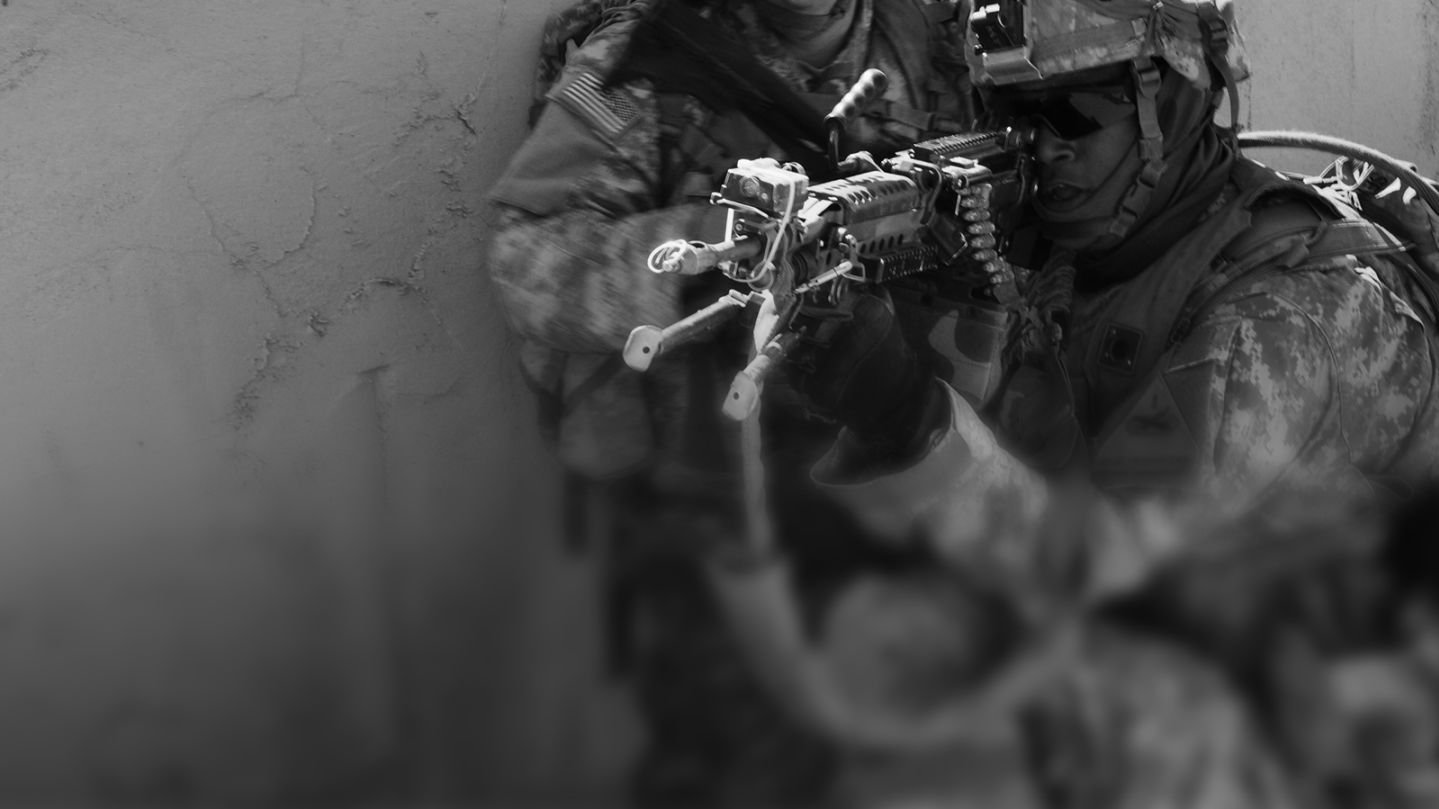Story highlights
Dunford said North Korea "poses the greatest threat today"
China and the US regularly test and challenge each others' power
America’s top military officer, Gen. Joseph Dunford, told Congress Tuesday China is likely to be the “greatest threat” of any foe to the US within a decade.
“I think China probably poses the greatest threat to our nation by about 2025,” Dunford told the Senate Armed Services Committee during a hearing on his re-appointment as Chairman of the Joint Chiefs of Staff.
Dunford was responding to a question from Hawaii Democrat Sen. Mazie Hirono, who noted that the general had previously identified Russia, followed by China and North Korea, as representing the greatest military threats to US national security during a 2015 appearance before the same committee.
But on Tuesday Dunford took the opportunity to reshuffle his list of national security concerns, saying that North Korea now “poses the greatest threat today” due to the “sense of urgency” involved as Pyongyang’s develops its nuclear and missile programs.
He also said that Russia remained the greatest threat overall due to its military capabilities in the realms of nuclear weapons and electronic warfare as well as Russian military activity in places like Crimea, which it invaded and annexed in 2014, and eastern Ukraine, where Western officials accuse Moscow of backing armed separatists.
However, Dunford said that China would become the greatest threat by 2025.
“If I look out to 2025, and I look at the demographics and the economic situation, I think China probably poses the greatest threat to our nation by about 2025,” he said.
Dunford also told the committee that “China is focused on limiting our ability to project power and weakening our alliances in the Pacific.”
“Chinese leaders seem committed to increases in defense spending for the foreseeable future,” the report added, saying “China’s military modernization is targeting capabilities with the potential to degrade core US military technological advantages.”
The Pentagon’s 2017 assessment of China’s military capabilities noted that Beijing’s “officially disclosed military budget grew at an average of 8.5% per year in inflation adjusted terms from 2007 through 2016.”
“We use, largely, Russia and China to benchmark our capabilities,” Dunford said Tuesday, warning that in the face of Russian and Chinese military modernization, the US would need to boost the annual defense budget by somewhere between 3% and 7% for the next five years in order “to maintain a competitive advantage over those peer competitors” in the mid 2020s.
US, China ‘have many difficult issues’
Dunford visited Beijing in August where he struck a deal with Chinese military forces ensuring better communications between the two world powers.
Speaking at the time, the general said the United States and China “have many difficult issues where we will not necessarily have the same perspectives,” and the agreement would reduce the chance of “miscalculation.”
In August a US destroyer, the USS John S. McCain, sailed close to one of the artificial islands China claims in the South China Sea as part of a freedom of navigation exercise.
Beijing said the move was a “flaunting of force.” The US regularly conducts similar Freedom of Navigation exercises in the South China Sea, which China claims as its territory but the US insists are international waters.
In the East China Sea, US officials have accused Chinese jets of carrying out multiple “unsafe” intercepts of American aircraft in recent months.
In one incident, a Chinese J-10 fighter jet came within 300 feet (90 meters) of a US plane forcing it to take “evasive action,” US officials told CNN.
Beijing maintains an Air Defense Identification Zone over a large part of the East China Sea, a zone which the US does not consider valid.






